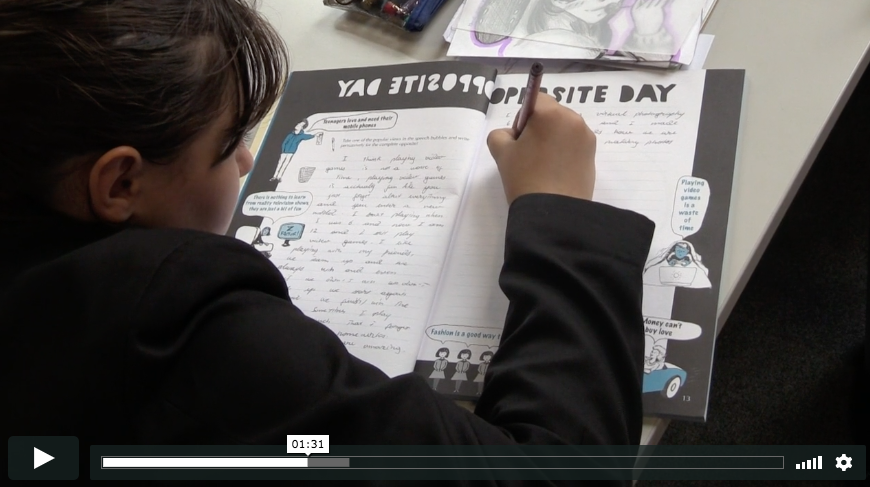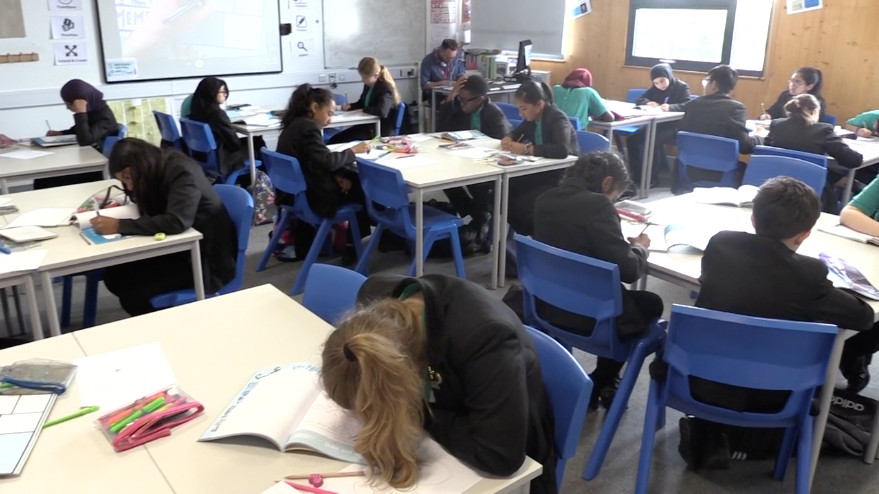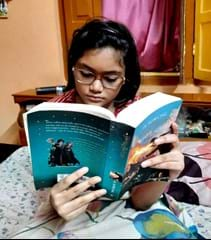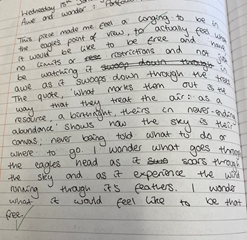Teaching writing is a complicated business. One extensive meta-study identified eight dimensions to teaching writing effectively, each containing several strands of its own. Successful teaching, the study argued, not only needs to draw on all eight dimensions, but also combine them strategically with each other. The success of one dimension might very well be dependent upon its relationship with another.
Teaching writing, then, cannot be overly formalised. In part, it has to remain messy, room given over for experimentation, self-expression and playfulness. One of the dimensions identified in the meta-study that acknowledges the need to push pupils on occasions to work things out for themselves, and to give them creative space just to have a go, is ‘self-regulation’. I thought it worth focusing on this here for two reasons. First, it is presumably the end-point we want for all our pupils by the time they leave school: that they are confident, self-regulating writers, able to adapt effortlessly for a range of audiences and purposes without teacher intervention. Second, it strikes me as being relatively neglected in current discussions about teaching writing.
Encouraging self-regulation in pupils involves providing them with opportunities to write on their own terms. This might mean that they can decide for themselves how they will respond to a particular task; or it might mean they get the chance to write something that they are interested in personally.
Self-regulation, though, does not mean letting pupils write what they want, when they want. It still requires teachers to think carefully about how to encourage writing in young people, and how to inspire them to experiment with writing in a range of forms for different audiences and purposes. It also requires creating an environment in which pupils feel confident to have a go, and in which they feel there is a purpose to what they are doing. These are all things that we took into account when devising our new publication, Just Write.
Just Write emerged from the ‘Let Them Loose!’ project that we ran to mark National Writing Day in 2017 and 2018. On the morning of National Writing Day, we sent our email subscribers prompts for pupils to write to, unaided by teachers. Schools took photos of the completed writing and sent it to our Twitter feed. The initiative was a great success, with thousands of pupils, along with teachers and support staff, taking part. They produced terrific work with not so much as a model or a sentence starter in sight.
‘Let Them Loose!’ benefited from the excitement that comes with a new, one-off activity. Just Write is our attempt to sustain this excitement over the course of a whole year. It contains 44 writing prompts, set on A4 pages beautifully designed by leading book illustrator, James Nunn. The book can be used in many different ways, but one obvious one is to provide space for pupils to return to the book on a weekly basis - either by writing for 20 minutes or so in class, or by completing an activity for homework. (This is similar to ‘Free Write Friday’, an initiative promoted by new children’s laureate, Cressida Cowell.) The superb design, the imaginative, creative nature of the tasks, and the cumulative thrill of completing a book containing so many different kinds of writing, are all designed to keep levels of interest, excitement and engagement high.

There does need to be a caveat attached to the title, though. When pupils use Just Write, they are doing anything but just writing. Each prompt directs them to produce work of a particular kind. Every activity, then, requires them to adapt their own language resources to suit the needs of a particular form, audience and purpose. In the process they will need to think hard and make choices. They will also experience, in a low stakes environment, the thrills and frustrations that emerge from any purposeful engagement with writing. They will gain a real sense of the struggles that come with trying to make language behave in the way that they want it to, and of some of the unintended - often positive - outcomes that can occur.
Once pupils have completed a number of the tasks, they will have a growing sense of how they can craft their own writing, depending on the particular task in hand. Through regular informal practice, they will begin to develop their own writing repertoires and understand better how they work.
We have absolute confidence that almost any Year 7 pupil, regardless of the level at which they are currently working, can access, enjoy and learn from the tasks in Just Write in a way that develops their powers of self-regulation. We filmed one mixed ability class being introduced to the book on National Writing Day itself. Not a single pupil asked for help; every pupil engaged fully with the work. The class teacher commented on how many wanted to return to the book when it was time for their next lesson; and on how disappointed they were when told they would only be doing it for 20 minutes, once per week.


Just Write, is not the way to teach writing. But it is one way of addressing an important dimension of writing practice that is too easily overlooked in a world heavily focused on targeted outcomes, narrow success criteria and mastering small aspects of the curriculum in isolation. We’d urge teachers to give some of the activities a go, and see what happens.




